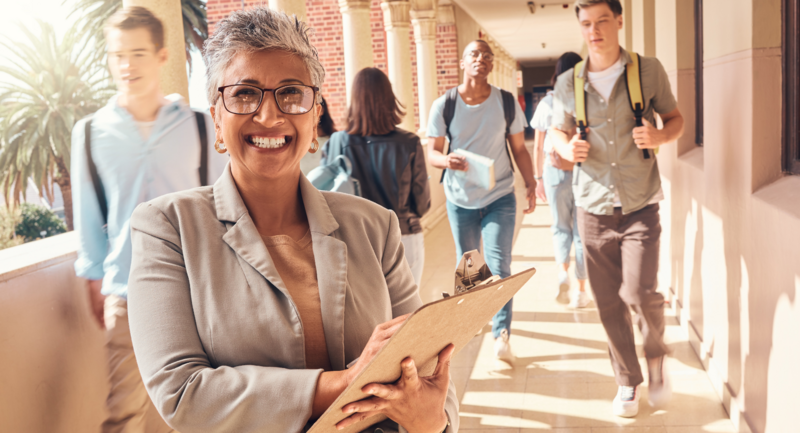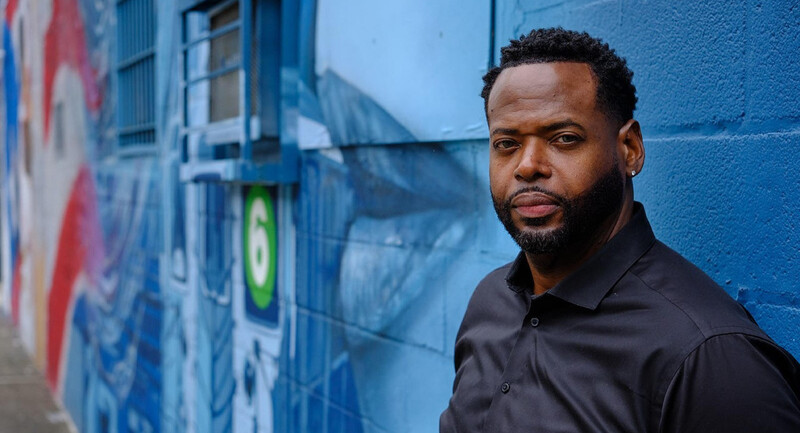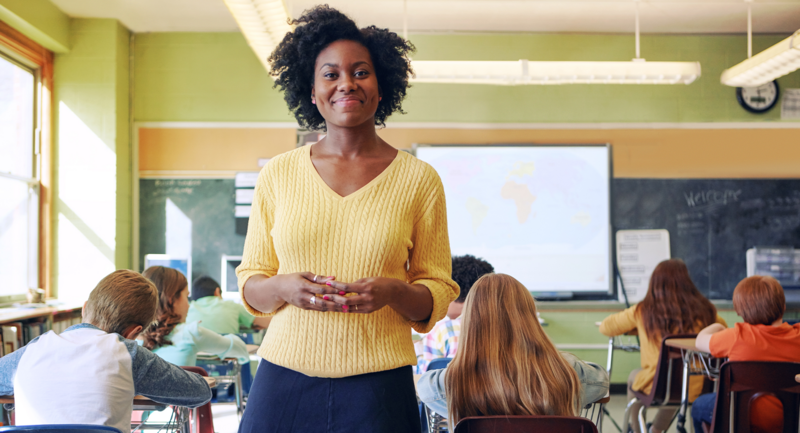Whether you’re a parent, a teacher, a school counselor, an administrator, or a kid, we all have a daunting task this fall.
Returning to school this year will mean returning to formal education after a six-month break, during which a global pandemic has caused illness and death. A recession has left many people jobless and upended their lives; social unrest has resulted in most Americans taking a hard look at racism and violence. For children, all these changes can be unsettling.
The Massachusetts Aggression Reduction Center, of which I am executive director, has launched a major project to help schools cope with September 2020 re-entry. The task at hand is challenging. First, we must determine where each student is academically, since some children may have kept up with their schoolwork, while others didn’t. Second, we must teach a cohort of kids who were separated from their peers for months on end, many of whom spent that time glued to their cell phones and other screens. Perhaps our biggest challenge will be the trauma, stress, depression, anxiety, and depletion of social skills and connections that children will be bringing back to school with them.
Looking at research that has been done on the return to school after natural disasters, as well as studies conducted during this pandemic, we’ve generated a “to-do” list for educators. We all know that we’ll have to run schools with new logistics and schedules, but what’s the to-do list for kids’ social-emotional functioning? Here are a few sample suggestions from that list.
School leaders should:
- Create a “This Is Our Plan” page on your school’s website. Clearly post what’s going to be different this fall, include what families’ options are, and post phone numbers for counseling staff and administrators who parents may need to call.
- Set up a buddy system for faculty and staff, so small groups can check in with each other over the summer. Research suggests that this is one of the most helpful things we can do for educators. These buddy systems must be strictly voluntary, but you can reassure colleagues that even if it seems a little silly, they can do a good deed by reaching out to a colleague and offering support.
Teachers should:
- Promote social connections by encouraging or assigning students to work together in small groups, either online or in-person. Assignments that encourage children to get to know one another can help build skills and develop friendships.
- Be aware that while some kids may want very much to discuss recent events, others may seem traumatized by such discussions. There are ways to handle this (see below).
- Review the symptoms of trauma, so you can recognize them (download a list at MARC).
- Learn deep breathing or relaxation exercises that the entire class can do together. This can help students relax and focus if emotions become difficult to handle.
Counseling staff can:
- Meet with students one-on-one online, especially in schools that are not having in-person instruction.
- Develop a “Significant Events and Symptoms” checklist to be sent to parents. It will allow the school to have a handle on how many children may be struggling emotionally and which kids may need a check-in.
- Prepare a list of local referrals, from pediatricians to therapists, that you can distribute.
- Offer parents tips on making masks and helping children become accustomed to wearing them.
- Think in advance of practical tips that you will be able to offer teachers to help them deal with behavioral issues in the classroom. This will include practical suggestions like how to handle children who are compelled to discuss recent tragedies when other students show great anxiety at even the thought of such discussions.
In summer, before school begins, posting or emailing videos is a great way for everyone to introduce themselves to students and their families. If you feel uncomfortable recording yourself, send a photo instead, with an email, letter, or voice-over. Administrators can welcome children; counseling staff can introduce themselves; and teachers can show children what the classroom will look like. For younger children, teachers can send photos with and without a mask, so the kids know what to expect.
When you finally get to the first day of school, celebrate! Let students know that this isn’t an ordinary year, but you are still very happy to have them back to learn, whether that is online or in the school building. Hold a parent meeting one morning during the first week to answer questions and discuss logistics.
For schools physically returning to class, consider balloons and decorations, and every available adult should be a greeter. Have extra masks on hand and handouts that explain new rules and procedures. Have extra patience on hand as well! Parents will be anxious, and they may need reminding about when schools need them to leave the building after morning drop-off.
Finally, use the first day to let the students know that the counseling staff is there for them. Have the counselors visit each classroom to briefly introduce themselves and let the students know where their office is located. Just having that information, and knowing the name and the face of the counselor, will encourage kids who are struggling emotionally to visit if they feel the need.
At the end of the first day, send an email to the entire district and let everyone know how the day went. Acknowledge problems that you’ll need to address (such as traffic backups at a new drop-off location), but congratulate everyone on a successful first day.
The Massachusetts Aggression Reduction Center has posted a webpage with several downloads that are free for any school to use. These include a recording of our June 15 webinar, “When the Kids Come Back,” which includes more details and more suggestions, along with a review of the relevant research; a Red Flags cheat sheet for teachers to help them recognize symptoms of trauma in students; and a discussion guide for teachers.
In many ways, this fall will be uniquely challenging, even for veteran teachers and educators. Helping to support colleagues can go far toward promoting a return to normalcy (as much as possible). The opening of school won’t be easy, but if we all recognize our roles and communicate with each other effectively, we will hopefully find ourselves able to cope with even the most challenging situations.
About the author
Elizabeth Englander is the founder and executive director of the Massachusetts Aggression Reduction Center at Bridgewater State University. She is the author of five books, including Understanding Violence, a standard academic text in the field of child development and violent criminal behavior.








